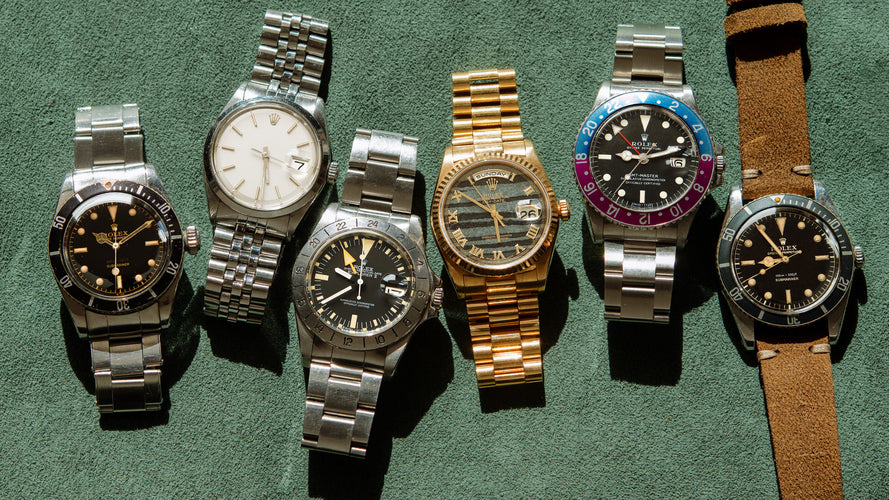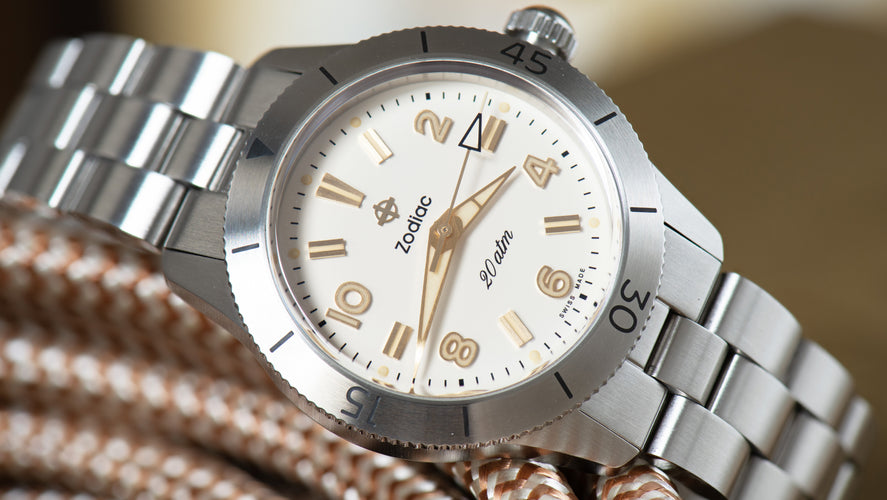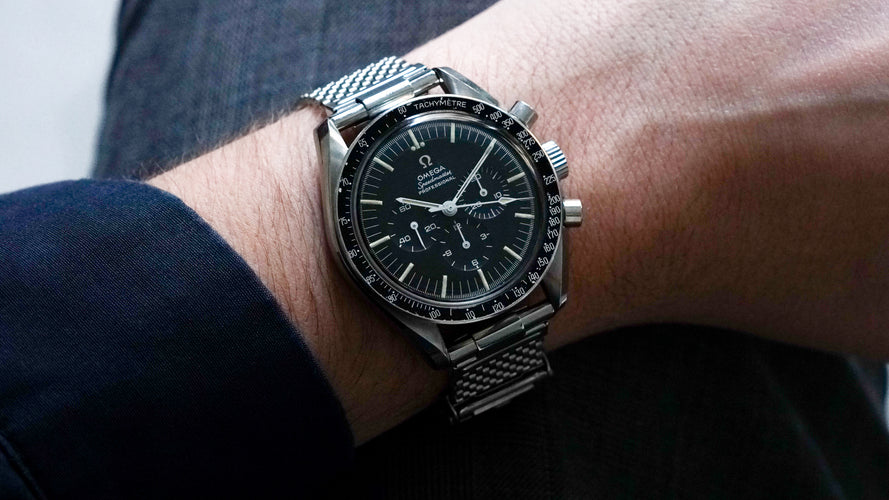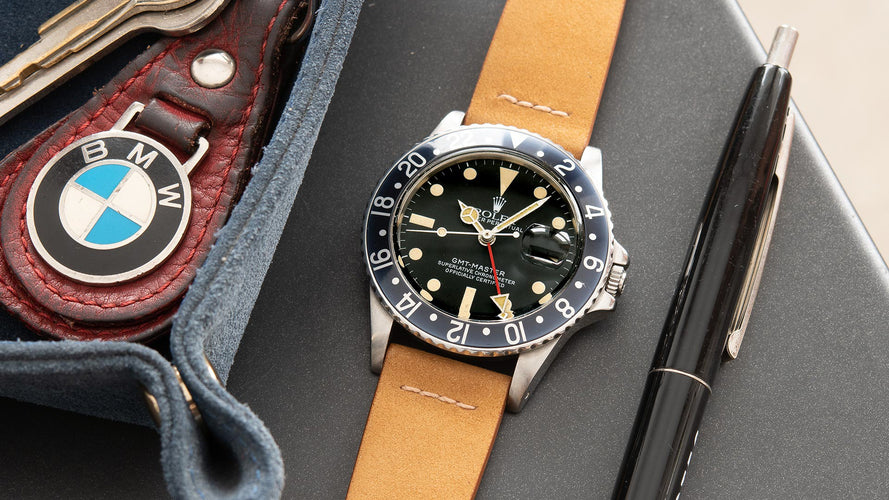Other
1960s Minerva Decimal Chronograph (Ref. VD712)
In 1858, Charles Robert and his brother Hyppolyte founded a movement-making company appropriately called H. & C. Robert in the Swiss town of Villaret. 28 years later, they registered the Minerva brand (named after the goddess of farming, craftsmanship, and science). Then, a couple of decades after that, Minerva released their first chronograph movement, the cal. 19-9. The brand would go on to be known as one of the best chronograph makers in the industry, which is why this ref. VD712 is so cool. As part of that amazing lineage, we know the heartbeat is something to get excited about. But on top of that, you've got the gorgeous, timeless design of this 3-register chronograph. And really, what more do you need?
| Stock # | MNVACHR-2 | |
| Brand | Minerva | |
| Style | Chronograph | |
| Model | VD712 | |
| Serial | 4XXXXX | |
| Size | Men's | |
| Material | Stainless Steel | |
| Dial | White W/ Red "Decimal" Scale | |
| Millimeters | 36 | |
| Bracelet | 2pc Leather Strap |
CASE & BRACELET
The beautiful case is in exceptional condition, featuring heavily beveled straight lugs that appear to have only been very minimally polished in the past and show light signs of use. the case retains its original pump pushers and unsigned crown. The case back retains all of its factory markings in deep and crisp condition. The watch will come supplied on a 2pc handmade leather strap.
DIAL & HANDS
The original white is in near-mint condition, showing almost no age and absolutely no damage. The black printing and text, as well as the bright red decimal scale, remain in flawless condition throughout. The original Arabic lumed markers exhibit no degradation when inspected under U.V. light and have taken on a handsome brown patina. The blued steel hands and sub-dial hands all remain original to the watch and match the dial patina perfectly, under U.V. light inspection there is no visible degradation present.
ACCESSORIES
None. The watch was recently serviced and is keeping time perfectly, backed by a 1-year warranty on accurate timekeeping.













